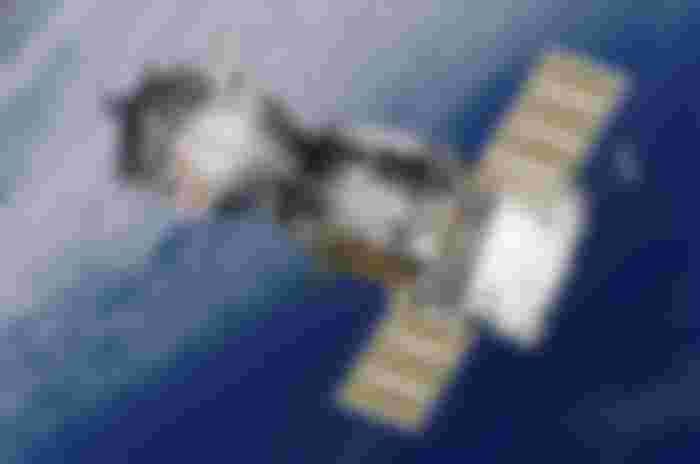In 1957, at the height of the Cold War between the United States and the Soviet Union, the "space race" began and the fight for technical excellence between the two skating worlds began. Both countries were about to launch the first space satellites that year, and the Soviet Union first got better. The American rocket failed to launch, and the Soviet unmanned satellite Sputnik 1 successfully rotated the Earth. In 1961, the Soviet Union again succeeded. Astronaut Yuri Gagarin was the first to orbit Earth. However, no one has yet stepped on or moved around the moon. After the Apollo exploration disaster in the U.S. in 1967 became a serious obstacle to the country's space program, the Soviets tried to defeat the enemy by sending people to lunar orbit and immediately announcing the Soyuz probe launched several months ago. Alone. Recently. ... This is a fatal mistake.
Much of what is known today about the death of astronaut Vladimir Komarov in 1967 and the crash of the Soyuz-1 spacecraft is still hotly debated. There are conflicting reports of events involving secrets during the Kremlin Cold War, all showing tragic portraits of bright astronauts, but some claims that he may have died at the hands of the government. . Were there hidden important details that could trigger a quick and inaccurate launch? But the scariest guess is what happened at the last minute of staying at Soyuz-1, and what was Komarov's last word really? Who longed for his fate or still had the hope of living?
However, the Soyuz 1 was released before it was ready, and Komarov did not come from a living. The United States now had to win the "space race" that the Soviets easily won. Early in space exploration, the Moon, the International Space Station, and before the terrible Challenger disaster, the history of Soyuz 1 is a real-time capsule of Cold War myths in space.
A Man Named Vladimir Komarov :

After announcing the Soyuz mission, the Soviet Union named Vladimir Komarov as the man to fly the spacecraft. The cosmonaut was well aware of the dangers the mission presented but found himself between a rock and a hard place as launch approached. If he rejected the honor of manning Soyuz 1, his good buddy and fellow cosmonaut Yuri Gagarin would be the alternative choice. By the time Soyuz mission was announced, Gagarin was already a celebrity in his own right and the face of Soviet success in space. If Komarov turned down the job, he risked alienating his government and would be stripped of his military honors... but then Gagarin would be required to go in his place. The blood of an icon was not something the politburo wanted on its hands, and Komarov did not want to put his friend in danger, so he took the gig, despite knowing he may not return to Earth.
Soyuz 1 Started Manifesting Problems Almost Immediately After Launch :

Shortly after launch, Soyuz-1 faced serious problems. A few minutes after entering the first orbit, one of the two solar panels could not be launched, resulting in a significant reduction in power supply. The defective panel obscured the sun and interfered with the ship's height sensor. Without them, the ship would not have been able to stabilize. Komarov did everything he could to put the panel back on, but to no avail. When the battery was Dead, the Officials decided to take the Soyuz-1 home. The launch took less than 24 hours, and based on this, Komarov decided to return to Earth in the 17th orbit.
Komarov's Last Words Were Tragic :

Komarov struggled to find his job, but he was able to talk to the air traffic control center. In August 1972, Perry Feluk, then an analyst at the U.S. National Security Agency, claimed to be on duty the same night as the Soyuz 1 crash in Istanbul, Turkey, and heard a tragic conversation between Komarov and ground control. Including his wife and Sovetsky. Prime Minister Alexei Kosygin. “It was pretty scary,” said Felwok. "It has collapsed in the last few minutes." The report also says that he cursed someone who approved a dangerous mission.
Writers stars Jamie Doran and Pierce B. Sony claimed that the US Intelligence Service "[catched the anger when Komarov fell". Asif Siddiqi, a Fordham University space historian, disagrees, "Komarov never told Earth Control Centre that he was going to die." In fact, while he was on track, he had a great opportunity to come alive and return home. "
All That Was Left Of The Cosmonaut Was A Heel Bone :

At his request, Komarov held a funeral in an open coffin. As a result of the accident, he became a lump of coal, and the only unrecognizable part of his body was a piece of coal 30 cm wide and 80 cm long. The only identifiable (and most common) part was the heel bone. At the funeral he was awarded a military award.



